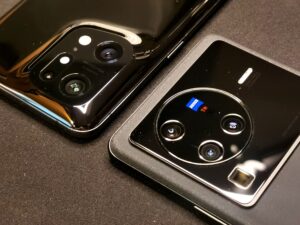No matter how much bosses like Tesla’s Elon Musk want their staff clocking in, sitting in the office and staring at their screens diligently, it’s pretty clear to many employees that the future of work would eventually involve a flexible hybrid of both remote and on-site.
After all, it’s not like these bosses will say you can stop work when you clock off. Plus, after more than two years of the pandemic, people are tuned to new threats that could potentially disrupt the way work is carried out.
That means the gear you rushed out to buy two years ago – a monitor, a mouse, earphones and tablet – may need a bit of upgrading for the long term.
Take it from someone who has worked from home, at cafes and on all his holiday trips for the past 14 years: You want to set up your workplace well to get your stuff done.
Here are some gear I’ve tested and got my hands on in the past year that I’d recommend for the long haul:
Belkin Wireless Charging Stand 10W+ Speaker
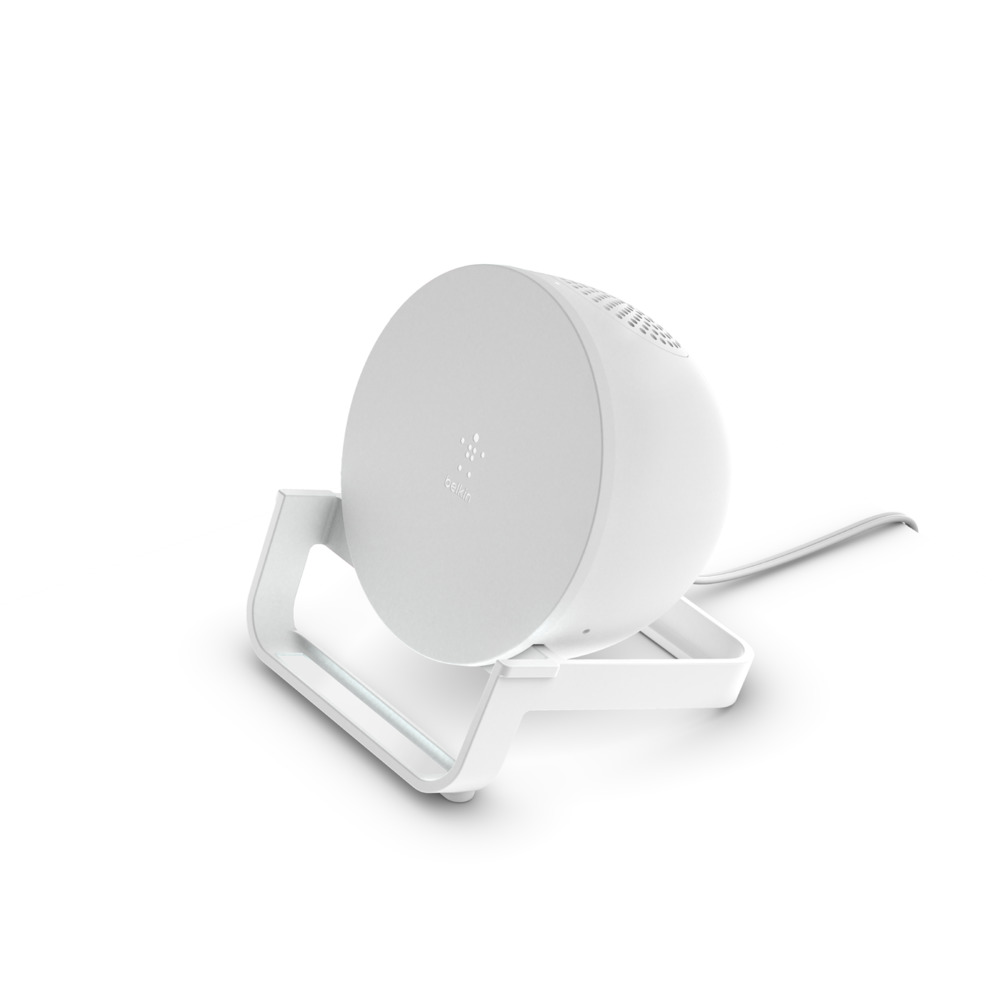
Yes, there are many wireless chargers out there but Belkin’s little gadget does it with ease. Simply plug in the power and place your Apple or Samsung phone on the Belkin charger’s nicely angled stand to get your phone juiced up wirelessly (assuming it supports that).
Good thing is, you can place your phone at any orientation and the Belkin charger will still get the battery charged up before you rush out for a meeting. Got a phone coming in? Just take the call hands-free.
The Bluetooth speaker that is incorporated is handy too, if you want some music to accompany a dreary day. Or if you want to amplify your boss’ voice a little in case he or she is too soft on a call.
Poly Sync 10
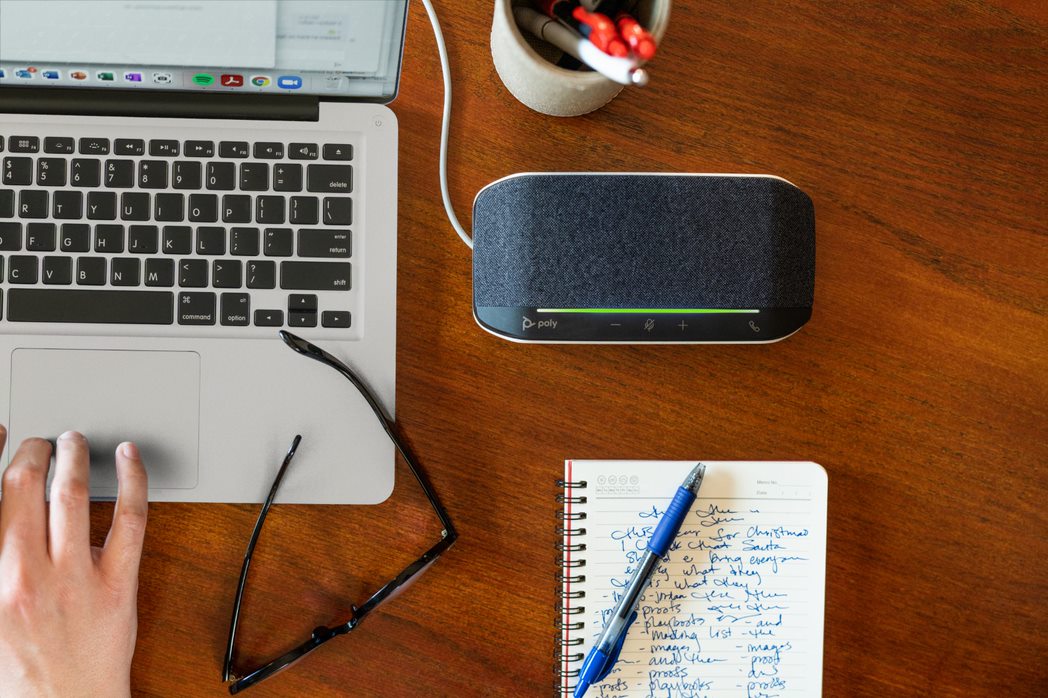
If you want to get a little upgrade on the sound quality in your conference calls, then the enterprise-grade Poly Sync 10 speaker should be on your list. Powered by a USB connection, it also lets you hook up your PC or phone via Bluetooth for your important business calls.
Made by the conference call experts, the Sync 10 comes with two microphones to ensure great sound quality while keeping out background noise. For those important calls, you’d want that.
Water resistant (with an IP64 rating) and weighing just 280g, it can be brought along for any impromptu group meeting, say, at your small service office, which is perfect for the hybrid future.
Microsoft Surface Laptop Go 2
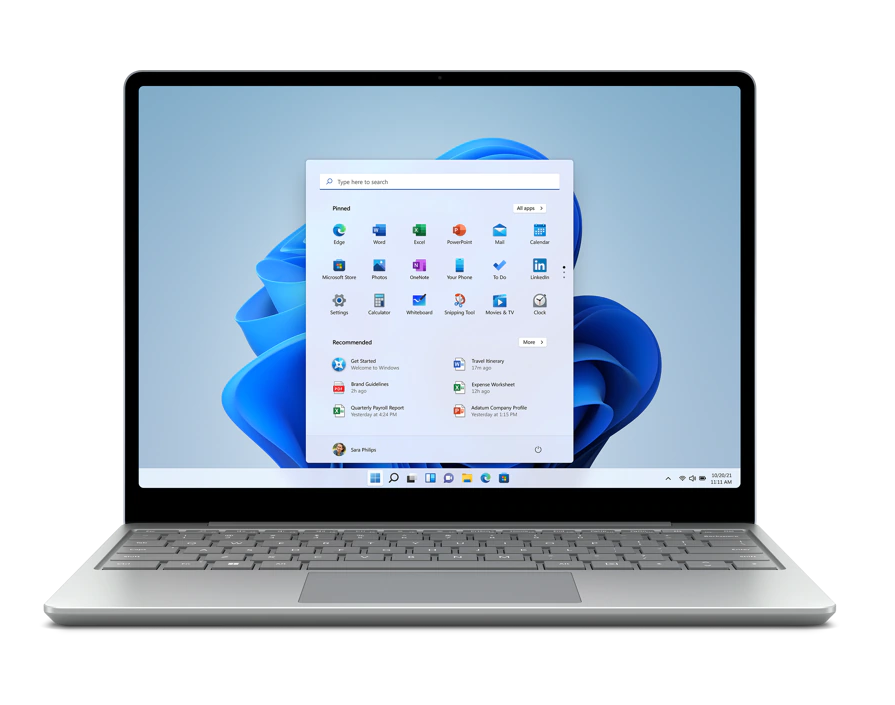
The Lenovo ThinkPad X1 Nano and Dell XPS 13 are among the best premium ultraportable laptops I’ve come across, but if I want an entry-level portable laptop, I might be looking at the Microsoft Surface Laptop Go 2.
Priced at an affordable S$1,199 for a model with a Core i5 chip, 8GB RAM and 256GB solid state drive, it has decent horsepower and is also very easy to lug around with a compact 12.4-inch screen. For Windows users, it has the look and feel of an Apple MacBook but runs Windows apps.
The only catch is the rather rather unimpressive 1,536 x 1,024 screen resolution, which is less sharp than your typical phone with Full HD resolution. It’s not that bad in actual usage, to be fair, especially if you are just banging out e-mails on the laptop.
Plus, there’s a touchscreen, which is great if you’re sharing the laptop with your kids for schoolwork.
Microsoft Sculpt Ergonomic Keyboard
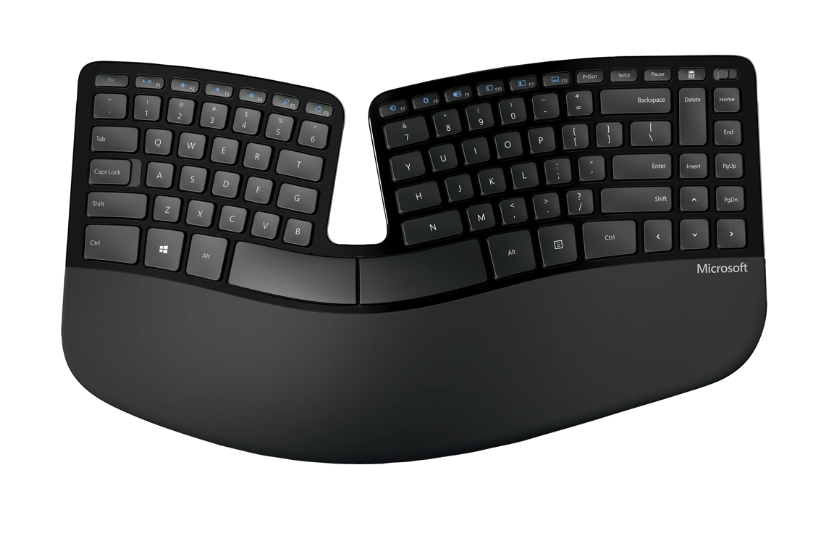
Keyboards are personal items – I know friends who spend hundreds on a customised mechanical keyboard that they’d even compile a software program for – but I’m pretty happy with a plain, old membrane keyboard like the Microsoft Sculpt Ergonomic Keyboard.
What has made me buy three of these wireless keyboards over the years is the contoured shape that makes sure my shoulders are not bunched together when I type – I got a slipped disc in my neck in my previous job while typing on a tiny laptop. Using proper keyboards, I’ve been mostly pain-free for the past 14 years.
Also important to me is the decent key travel and the quietness here. Since I touch-type, I don’t need the keys to be super springy – I just need enough tactile feedback. I also prefer my keyboard to be quiet.
Another plus is the Microsoft keyboard’s compact size. Since its number pad is separate, it can be kept away from my desk. This is an excellent compact keyboard that is ergonomic without taking up too much space. I have a small mechanical keyboard for gaming, but this ergo version is where I spend most time on.
Herman Miller Aeron
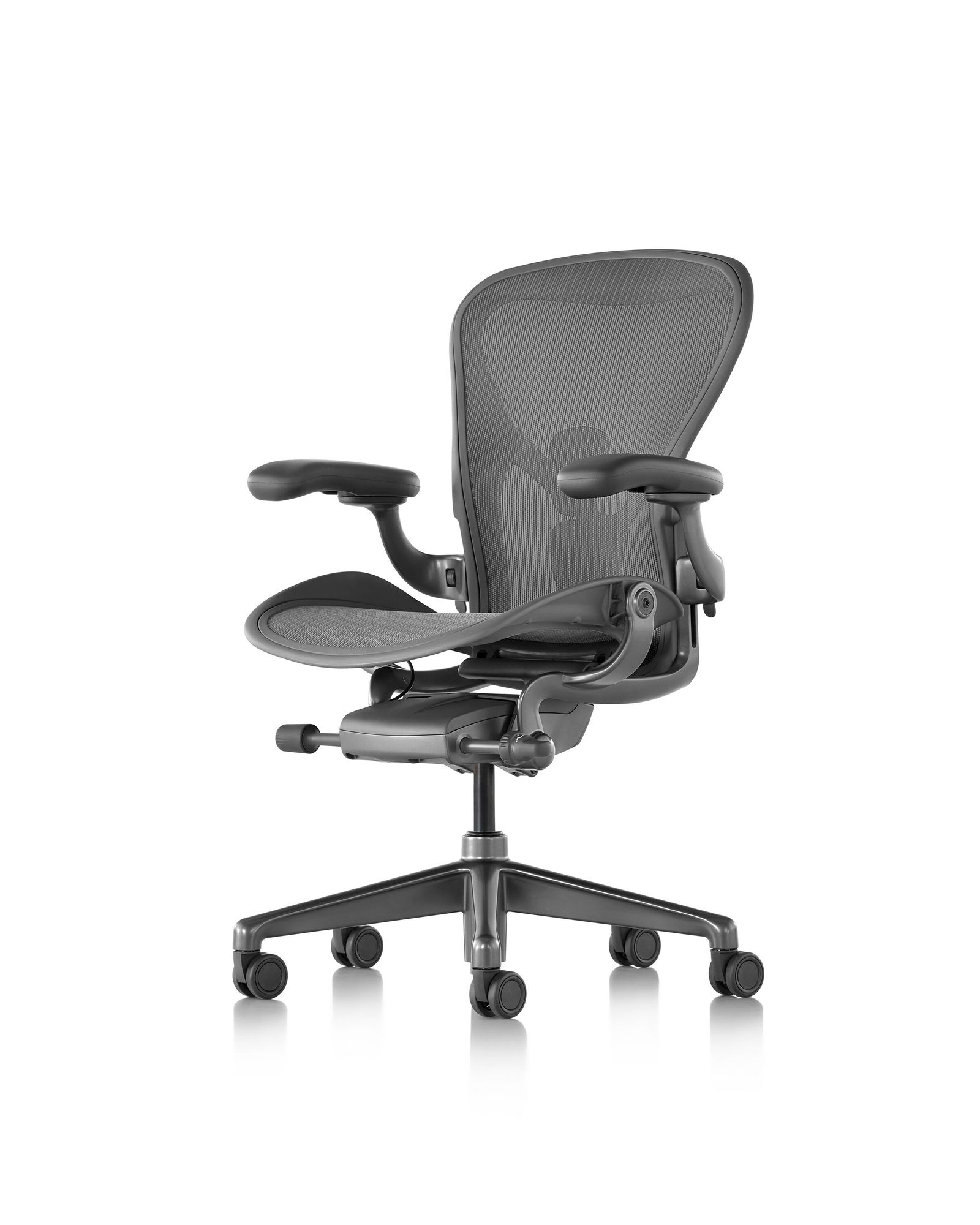
Don’t waste your money on “gaming chairs” that look like Recaro bucket seats padded with thick layers of faux leather and foam. Get a proper ergonomic “mesh” chair that is comfortable and breathable, which are most important in a tropical climate like Singapore’s.
Arguably the best such ergonomic chair is the classic Herman Miller Aeron. With firm yet flexible support for your back and bottom, it remains the first chair you’d want to look for. Yes, the roughly S$2,000 price tag will burn a hole in the bank account but it comes with a 10-year warranty and your bum and your back will thank you.
Of course, you don’t have to buy a Herman Miller. There are alternatives that offer some of the features, like support for your lower back as well as comfortable mesh designs, at a fraction of the cost. Just make sure you get one that is comfortable to sit in for hours.
Get comfortable working from home
Not everyone has the luxury of a dedicated space working at home, it’s true. Many have migrated to their dining tables or set up a desk at a corner at home, where space is a premium. A more comfortable chair or a laptop that fits a small space will help a little to ease the difficulties.
While getting the gadgets, don’t forget the coffee (or tea). A Nespresso machine and some fancy capsules from a small producer could help ease a long workday at home.
Or, as some have done, make your own coffee, starting from grinding the beans. After all, there’s no need to spend as much time commuting or pay exorbitant prices at coffee shops for an afternoon pick-me-up.

